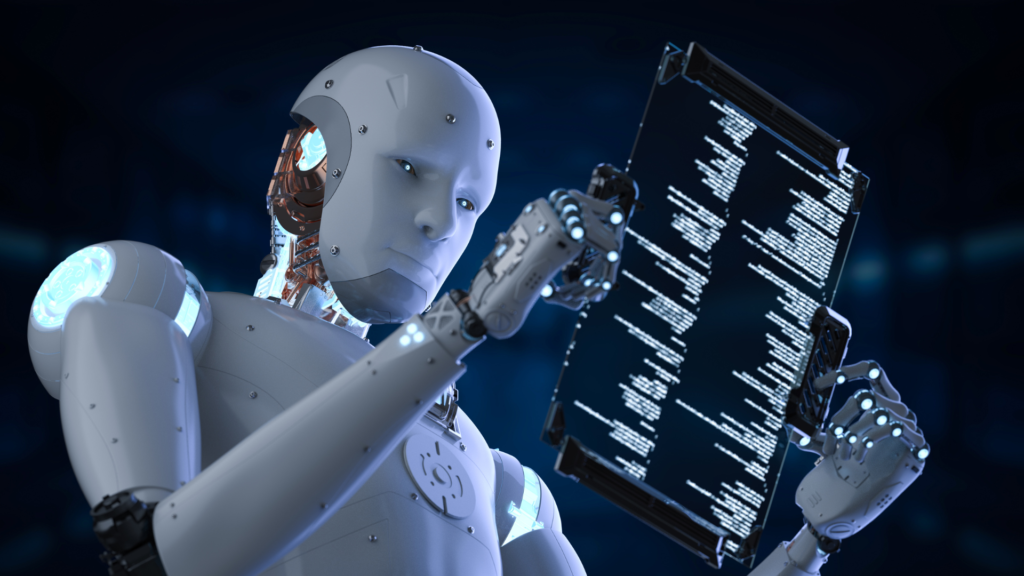As artificial intelligence becomes more deeply embedded in how societies operate, the responsibility to shape its future with care and clarity grows stronger. Designing transparent and ethical AI systems for a responsible future is not a luxury—it is an imperative. These systems are expected to guide decisions, manage services, and interact with people in ways that were once unimaginable. But with this growing influence comes the pressing need to ensure that AI evolves not only with intelligence, but with integrity. The way we design AI today will determine whether future generations inherit tools that uplift humanity—or systems that quietly compromise it.
Transparency: The Foundation of Trust
Transparency ensures that the inner workings of AI are understandable to those affected by it. People should be able to ask how a decision was made, what data was used, and whether they were treated fairly. When AI systems operate as black boxes—opaque and unaccountable—they risk eroding public trust and reinforcing existing biases. In a future shaped by automation, openness will be a non-negotiable part of building confidence in technology.
Ethics: Embedding Human Values into AI
Ethical design addresses the values embedded in AI. It asks whether the technology respects human dignity, protects rights, and promotes fairness. Designing transparent and ethical AI systems means bringing these two concepts together—so that power is balanced with responsibility, and automation is guided by moral clarity. As machines grow more capable, they must also become more considerate of the people they serve.
Shared Responsibility Across Sectors
This responsibility does not rest solely with developers. It extends to governments, companies, and society at large. Regulations are beginning to take shape, but they must be matched by internal cultures that prioritize long-term impact over short-term gains. Responsible AI design requires reflection at every stage: from data collection and model training to deployment and oversight. It means testing for bias, communicating risks clearly, and allowing for public scrutiny.
Designing for a Future That Includes Everyone
The future we are designing demands foresight. It demands that AI systems are not only technically sound, but also socially aware. As machines gain more autonomy, the need to embed human values into their structure becomes urgent. Trust, fairness, and accountability are not features that can be added later—they must be part of the architecture from the beginning. The world is watching how AI unfolds, and the question is no longer can we do this, but how we choose to do it.
Only through the intentional creation of transparent and ethical AI systems can we ensure a future where innovation serves everyone—not just a select few.
The Blueprint for a Responsible Tomorrow
In shaping the digital landscape of tomorrow, we are also shaping the kind of society we wish to live in. Whether AI becomes a tool for justice or exclusion depends on the principles we embed in it now. A responsible future begins with choices made today—thoughtfully, collaboratively, and transparently. That future will not be defined by how smart our machines become, but by how wisely we design them. And in that wisdom, transparent and ethical AI systems are not an option—they are the foundation.
Frequently Asked Questions (FAQs)
1: Why is transparency critical in future AI systems?
A. Transparency allows users and regulators to understand how AI systems function, building trust and enabling accountability for their outcomes.
Q2: What defines an ethical AI system?
A. An ethical AI system respects human rights, avoids discrimination, and promotes fairness and responsibility in both design and deployment.
3: How can we ensure AI contributes to a responsible future?
A. By embedding ethical guidelines and transparent processes throughout the AI development cycle, involving diverse voices, and adhering to emerging regulations.
4: Who is responsible for designing ethical AI?
A. It’s a shared responsibility involving developers, organizations, policymakers, and communities to ensure AI technologies benefit all of society.



